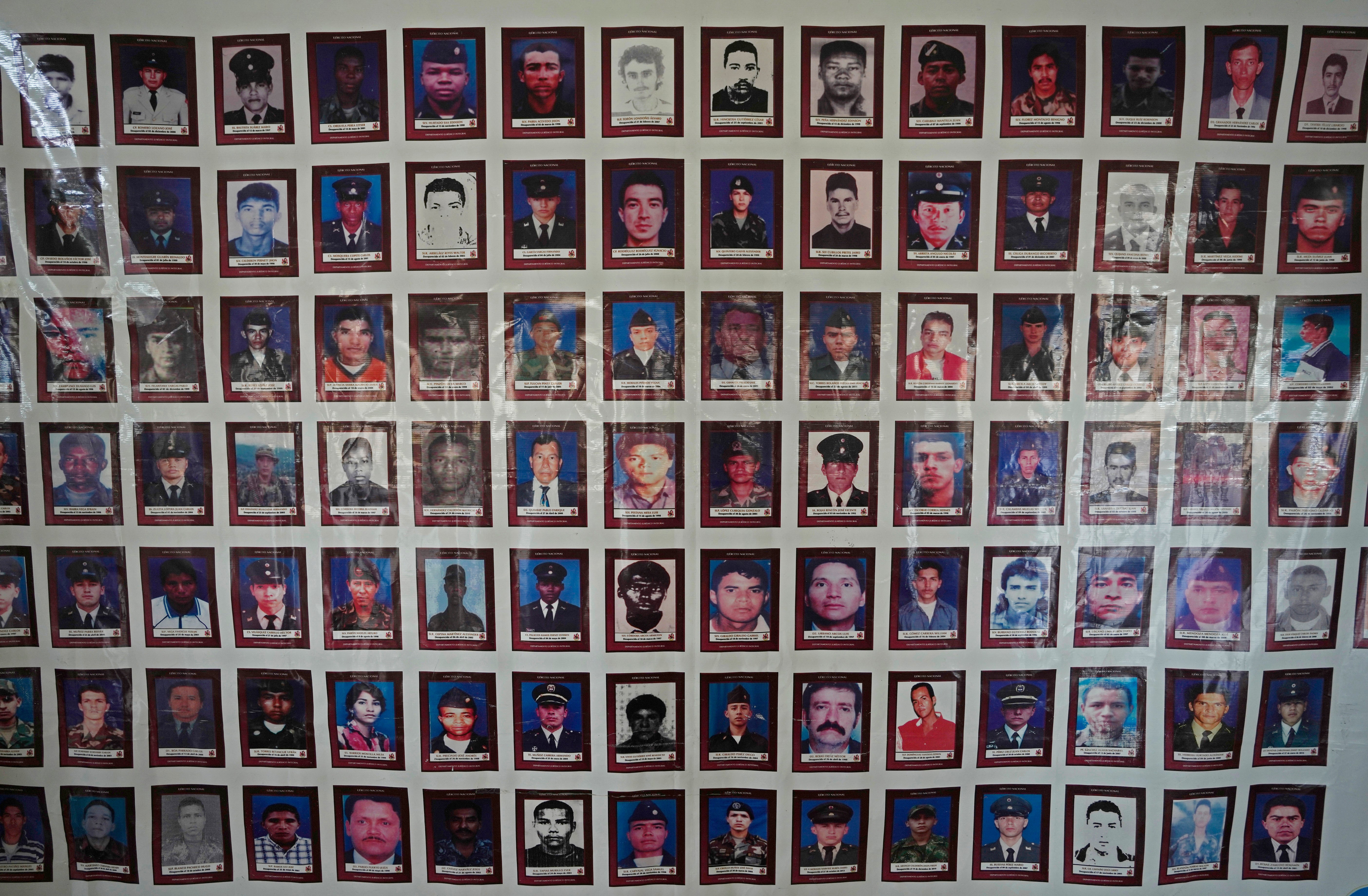Red Cross says violence displaced more Colombians in 2022
The Red Cross says the number of internally displaced people in Colombia increased significantly last year as several armed groups fought for control of rural pockets of the country

Your support helps us to tell the story
From reproductive rights to climate change to Big Tech, The Independent is on the ground when the story is developing. Whether it's investigating the financials of Elon Musk's pro-Trump PAC or producing our latest documentary, 'The A Word', which shines a light on the American women fighting for reproductive rights, we know how important it is to parse out the facts from the messaging.
At such a critical moment in US history, we need reporters on the ground. Your donation allows us to keep sending journalists to speak to both sides of the story.
The Independent is trusted by Americans across the entire political spectrum. And unlike many other quality news outlets, we choose not to lock Americans out of our reporting and analysis with paywalls. We believe quality journalism should be available to everyone, paid for by those who can afford it.
Your support makes all the difference.The number of internally displaced people in Colombia increased significantly last year as several armed groups fought for control of rural pockets of the country, the Red Cross said Wednesday.
In its annual assessment of humanitarian challenges in the South American country, the organization said that while confrontations between Colombia’s army and rebel groups decreased last year, fighting among rebel groups continues to take a heavy toll on civilians.
Some communities are increasingly being affected by landmines, death threats and attacks on health workers, the humanitarian group said.
The Red Cross’s findings come as Colombia’s recently elected leftist President Gustavo Petro tries to broker cease-fire agreements with rebel groups who are fighting for control of illegal mines, drug trafficking routes and other resources abandoned by the Revolutionary Armed Forces of Colombia, following their 2016 peace deal with the government.
The peace deal ended five decades of conflict in which more than 450,000 people were killed, but it was also followed by power struggles between smaller groups in remote stretches of the country. They include the resource-rich Choco province and a region that is carpeted with coca fields near the border with Venezuela.
“The situation is complex, and it will take time” for it to improve, said Lorenzo Caraffi, the head of the International Committee of the Red Cross delegation in Colombia.
He noted however, that Colombia’s current conflict “is not comparable” to what the country was experiencing two decades ago, when rebel groups staged regular attacks on police stations in small towns, while bombings and kidnappings affected thousands of people in cities like Bogota and Medellin.
However, some indicators suggest that violence is increasing.
According to the Red Cross’ 2022 report more than 123,000 people had to flee their homes in rural areas last year to escape conflict, a 60% increase from 2021. An estimated 39,000 people were confined in their villages for days or weeks, due to threats from armed groups.
The humanitarian group said that 515 people in the country were injured by landmines and other explosive devices, a 5% increase from 2021.
Caraffi said that the Red Cross is currently monitoring seven conflicts in Colombia that include the conflict between the Colombian army and the National Liberation Army, but also fighting between two rebel organizations led by former FARC fighters who gave up on the 2016 peace deal.
He said that while political solutions are found to these conlicts it is important for humanitarian organizations to carry out impartial work, and have access to affected communities.
“War is an unhappy, cruel and sad reality” Caraffi said. “In this reality we are asking armed groups to respect international humanitarian law, so that communities don’t suffer from this situation.”